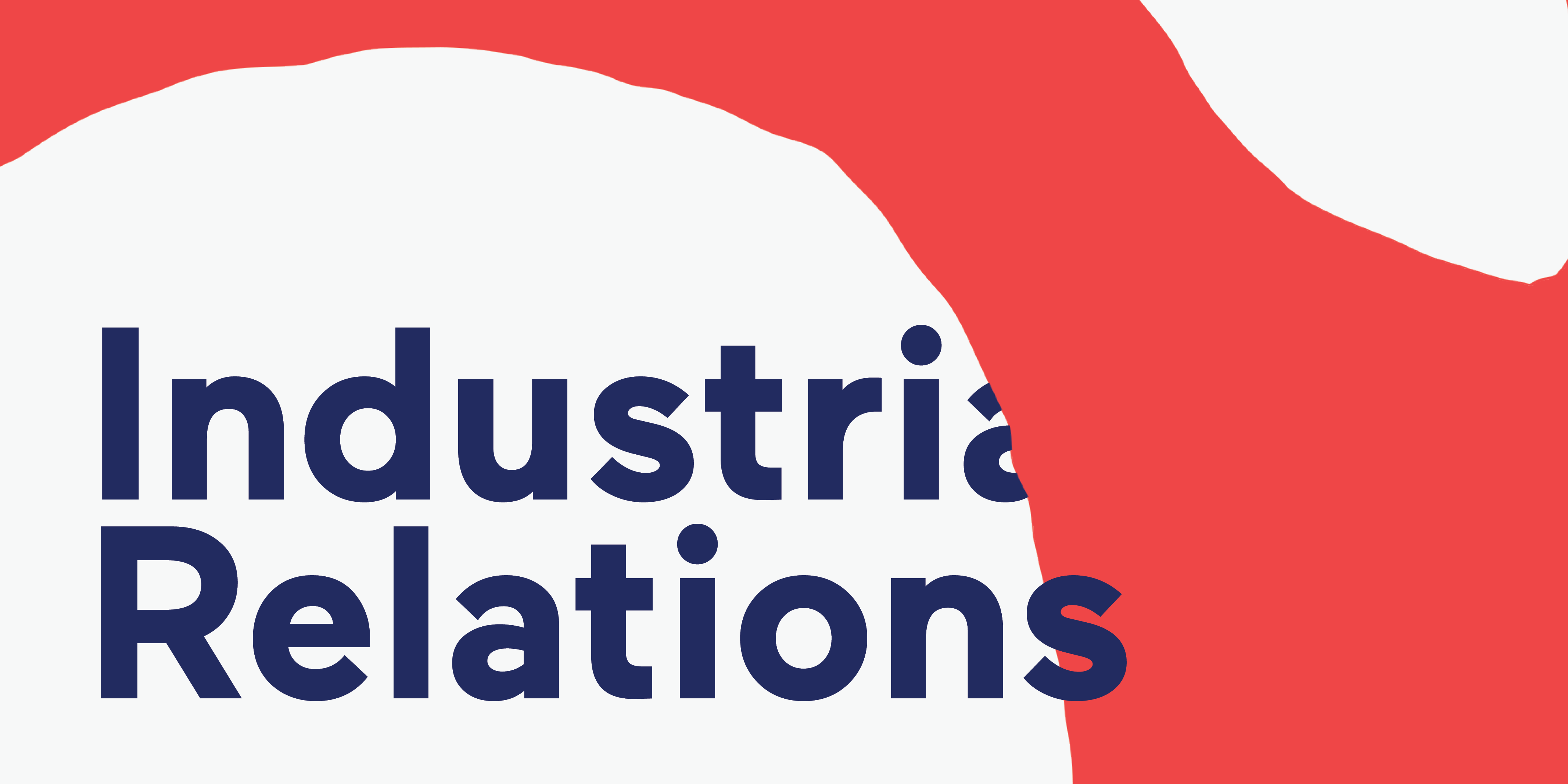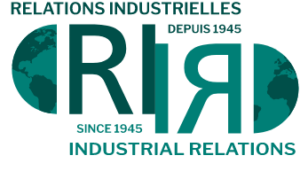
For this latest instalment of our “5 questions with…” series, we wanted to follow the progress of journals that have recently changed their distribution model to offer their entire collection in immediate open access.
Relations industrielles / Industrial Relations is one of seven journals to have made this choice at the start of 2023. Érudit spoke to Samuel Dinel, the journal’s operations coordinator about the challenges and benefits of the flip to open access.
1. What were the main reasons behind the decision to transition your journal to open access?
The journal Relations industrielles / Industrial Relations has been publishing manuscripts on the science of labour and employment for close to 80 years. Our survival can be attributed amongst other things to our capacity to adapt to the different trends in the world of research. It is also important to understand the field of industrial relations has always had a practical component. Having a reach outside academia is a priority for us, and open access greatly supports and accelerates the dissemination of the manuscripts we publish. In short, it was a decision based above all on accessibility and proximity to the various communities that make up the field.
2. How did your team come to this decision? Can you take us through the steps?
The earliest open access archives we found date back to around 2010, so around thirteen years passed between the first discussions and the actual implementation! Early on, we did not commit one way or another, preferring to monitor the space and the requests made by the main institutions. In 2020, we decided to develop a three-year transition plan in which every year would see a major change, culminating in an open access digital publication.
The first step was to stop publishing the physical version of the journal and move to an exclusively digital structure. That was a highly symbolic step. While it removes a logistical burden on our operations, there is a strong attachment to the paper version, and we are still trying to a way to integrate a print version into our digital editorial cycle. We have also reorganized internal tasks and administrative processes to minimize text processing and operating costs.
During the transition, we modified our policies around copyright transfers. In collaboration with our indexing and aggregating partners, we put in a place a formula where authors could deposit their articles on the institutional platform of their choice.
The final step was to end the embargo and implement open access. It was a relatively simple process, consisting mostly of renewing agreements with our various partners. The most complex part was to plan and reorganize our operations around this new model.
3.What were the main challenges encountered?
Two major issues arose during the entire process, and they are still being discussed internally. First of all, there is the unavoidable financial aspect. Moving to open access was a significant loss in revenue. We are still waiting for reforms when it comes to institutional funding which would cushion the blow. Financial uncertainty was palpable at first, and it still is. We made the leap without a clear path forward, it was a calculated risk.
The other issue relates to identity and culture. What is the role of a journal in an open access digital world? Humbly, our perception of what the field and the funding agencies expect has changed in the last few years, as bibliometric requirements have become more substantial, presence on social media is unavoidable, the value of evaluation work remains an issue, popularization outside academia is emphasized, etc. In short, we used this transition to reflect on the services we provide to our community of both researchers and readers, and we want to ensure that we meet their needs.
4.Can you highlight some positive aspects you have noticed since making this change?
The transition was done in January 2023, so it is still a very new process and a bit early to draw statistically valid conclusions. We did however observe an increase in article views in the last few months, both on the Érudit platform and on our other partners’ platforms. Really, the real impact is at the cultural and symbolic levels. The authors greatly appreciate being able to disseminate their article on the day of its publication—and we do too! We can be much more dynamic in our relationship with the journal’s community. And more pragmatically, not having to manage individual and institutional subscriptions has freed up a lot of time to implement other projects. It is a relief to no longer have to solicit our readers, so we can concentrate on publishing and disseminating content on industrial relations.
5. Do you have tips to give other journals who are thinking about open access, or other comments you would like to add?
The process in itself was much simpler than we had anticipated. We received a lot of support, from our community as well as Érudit’s, that eased this transition and encouraged us to keep going. The operational tools are available for those who want to start the process. Finally, through all these uncertainties, refocusing on the original mission of the journal, as it was imagined 80 years ago, also helped us a lot: be a bridge between science and practice.
Eager to learn more about scholarly publishing? Read the other interviews of the ” 5 questions with…” series.
